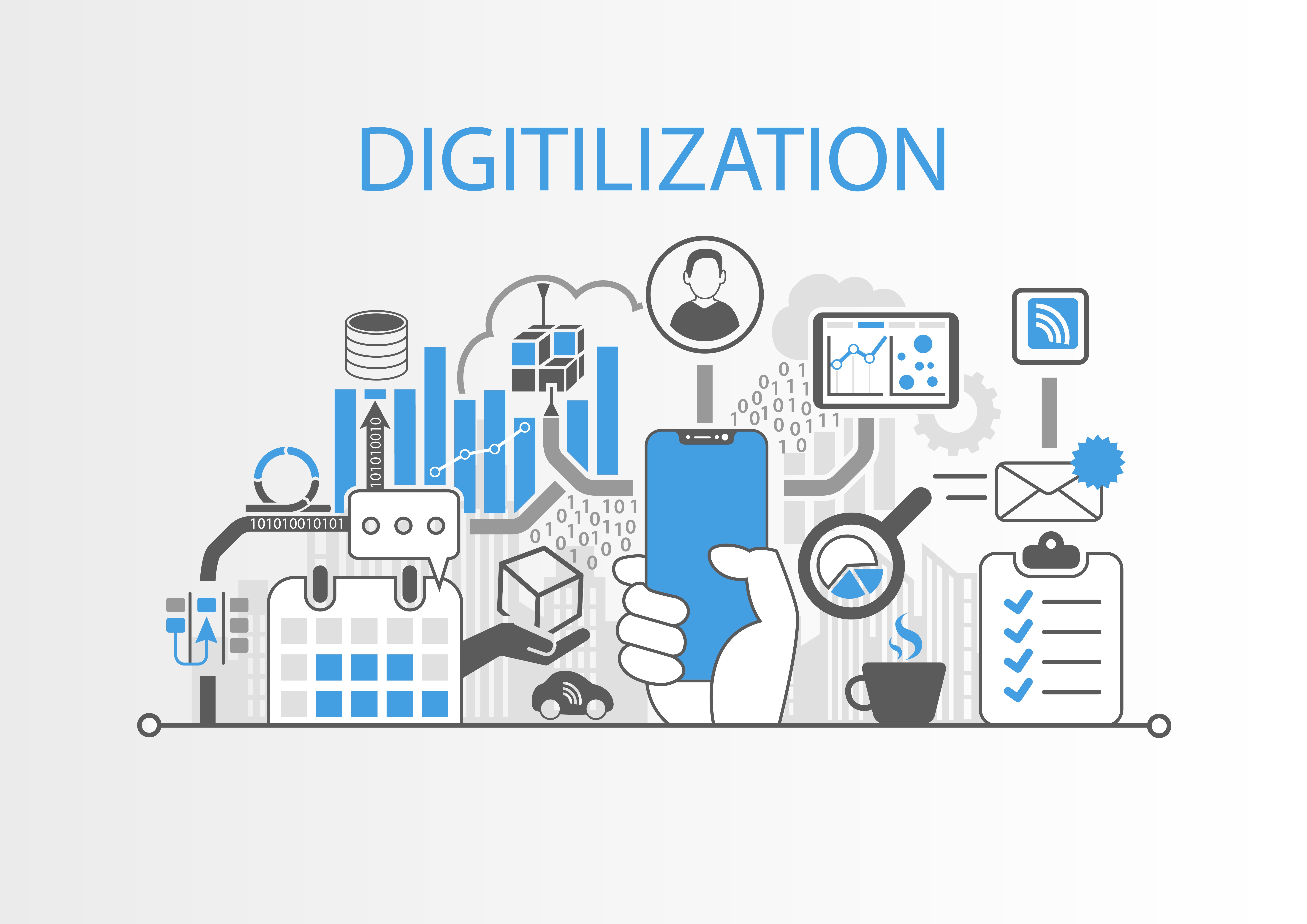
When it comes to digital transformation, change is constant, and it’s evolving faster than ever. The world has become far more digital, consumer expectations have changed dramatically in recent years, and so much more is technically possible today than even just five years ago. You can't read an article or go to a conference without getting an earful on the subject.
Most companies now recognize the need for ambitious digital transformation. So, what are the barriers holding brands back? Why are they still facing significant challenges? Successful digital implementation requires a balance of technology and organizational priorities to define a productive path toward change. Following are some of the top challenges I have observed as a brand strategy consulting professional working with executives embarking on a digital transformation journey.
Company culture lacks agility
In today’s world, not only is change happening quickly, it’s forcing organizations and brands to change quickly. Corporate agility is a balancing act of maintaining stability as organizations move quickly to address digital disruptions.
The most successful brands prioritize the processes that focus on their customers' journey. They do not attach themselves to legacy systems; instead, they embrace change as a means for growth. Organizations must instill a culture of continuous, rapid innovation that considers the integration of digital technology in every aspect of the business.
Digital initiatives are significantly more powerful when they’re focused on increasing the effectiveness of people who do mission-critical work. Such work benefits from more agile and collaborative processes that depend heavily on employees’ ability to respond rapidly to evolving circumstances. Some practical tips for enhancing employee agility include:
- Focus on employee experience. Improving the customer experience is the end goal, but you have to reinforce the employee experience first. Create smart workspaces that enhance collaborative efforts, as well as providing spaces where individuals can concentrate.
- Give employees autonomy. Employees cannot be agile and move fast if they have to keep getting approval for everything. Let employees control how they do their work.
- Lead by example. Communicate with employees often, be transparent with them, and embrace agile principles and methodology. If you don’t, why should they?
- Create focus. Creating focus for employees aligns teams around the same vision and gets people moving quickly towards a unified goal, instead of working quickly on many diverse projects.
Lack of data or ROI to justify the value of digital transformation
Many leaders are still grappling with issues related to data quality and management and siloed systems and have yet to demonstrate the necessary ROI to justify big data initiatives. Rather than attempting to first solve all data quality and data governance problems at once, it’s best to balance the short-term needs with the longer-term goals of an enterprise-wide digital transformation approach. Ideally, it’s best to start small and look for “low-hanging fruit” use cases to demonstrate the value to business users, reinforced with a clear vision of the utility in five years.
Lack of budget/expertise required to lead digitization initiatives
Unfortunately, most businesses face budgetary constraints that may limit parts of the digital transformation journey. While transformation may require new, and sometimes substantial investments, this is not a race. When building a strategy, let your budget determine what you can afford; develop a plan that includes multiple phases over several years.
Implementing a digital transformation requires both talent and technology. Although spending is continuing to increase, many businesses lack the necessary resources, which prevents them from achieving results from their efforts. As a result, many brands are seeing a growing gap between what the business wants and IT’s capacity to deliver to ensure digital transformation. It’s possible that you may not currently have the expertise internally to undertake a digital transformation, providing the opportunity to look outside and find business partners or new hires to fill in gaps along the journey.
Risk management, compliance, or legal complications
Our “need for speed” adds complexity and interdependency to organizational systems, sometimes exponentially. The move towards transformational change requires organizations to rethink their traditional business models and explore new and fundamentally different ideas, and they are finding themselves navigating a new world of legal risk and compliance. It’s imperative that leaders evolve their risk management approach for a digital age.
Compliance leaders who are responsible for understanding the risk must weigh that risk against the business advantages of providing a better customer experience and increased operational efficiency. Organizations that are succeeding with digital transformation are balancing the advice they get from Compliance with the benefits of transforming their processes, and are seeking guidance from compliance professionals familiar with digital capabilities. In an IoT world, a ‘thing’ that is supported by a business system that fails can lead to physical damage, injury, or even death, as was the case with Tesla’s two fatalities involving its semiautonomous driving system. In both cases, it was determined that its Autopilot feature was turned on and controlling the vehicles. Although the car’s manual reminds drivers that Autopilot is a driver assistance tool, not a replacement and that they retain responsibility for driving safely, it certainly begs the question, “Ultimately, who will be liable?”
Recent Posts
Posts by Topics
- Brand Strategy (57)
- Brand Strategy Consulting (28)
- Brand Differentiation (27)
- Customer Experience (24)
- Brand Positioning (22)
- Marketing Strategy (9)
- Brand Extension Strategy (8)
- Customer Behavior (8)
- Brand Architecture Strategy (7)
- Brand Extension (7)
- Brand Growth (7)
- Brand Portfolio & Architecture (7)
- Brand Purpose (7)
- Brand Value Proposition (7)
- Brand Engagement (6)
- Brand Portfolio Strategy (6)
- Brand Storytelling (6)
- Rebranding Strategy (6)
- Brand Awareness (5)
- Brand Image (5)
- Branding (5)
- Rebranding (5)
- Technology (5)
- B2B Brand Strategy (4)
- Brand Experience (4)
- Value Proposition (4)
- Brand Extendibility (3)
- Brand Metrics (3)
- Brand Repositioning (3)
- Corporate Branding (3)
- Differentiation Strategy (3)
- Measurement & Metrics (3)
- Brand Engagement Strategy (2)
- Brand Portfolio (2)
- Brand Promise (2)
- Brand Voice (2)
- Digital Marketing (2)
- Digital and Brand Experience (2)
- Employee Brand Engagement (2)
- Brand Architecture (1)
- Brand Development (1)
- Brand Equity (1)
- Brand Identity (1)
- Brand Measurement (1)
- Brand Name (1)
- Brand Strategy Consultants (1)
- Brand Strategy Firms (1)
- Digital Strategy (1)
- Internal Branding (1)
- Messaging (1)


